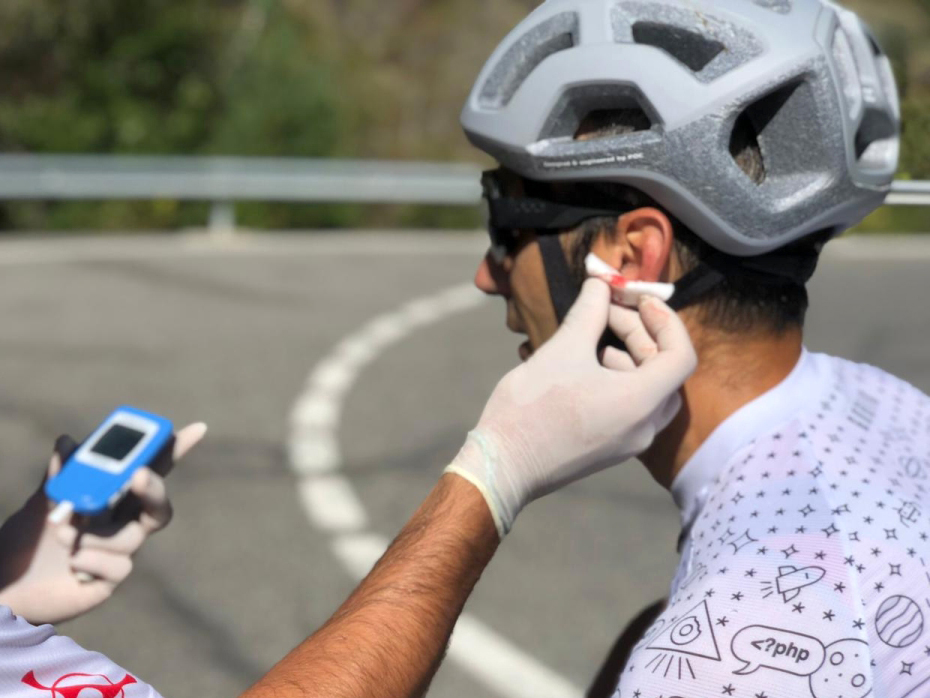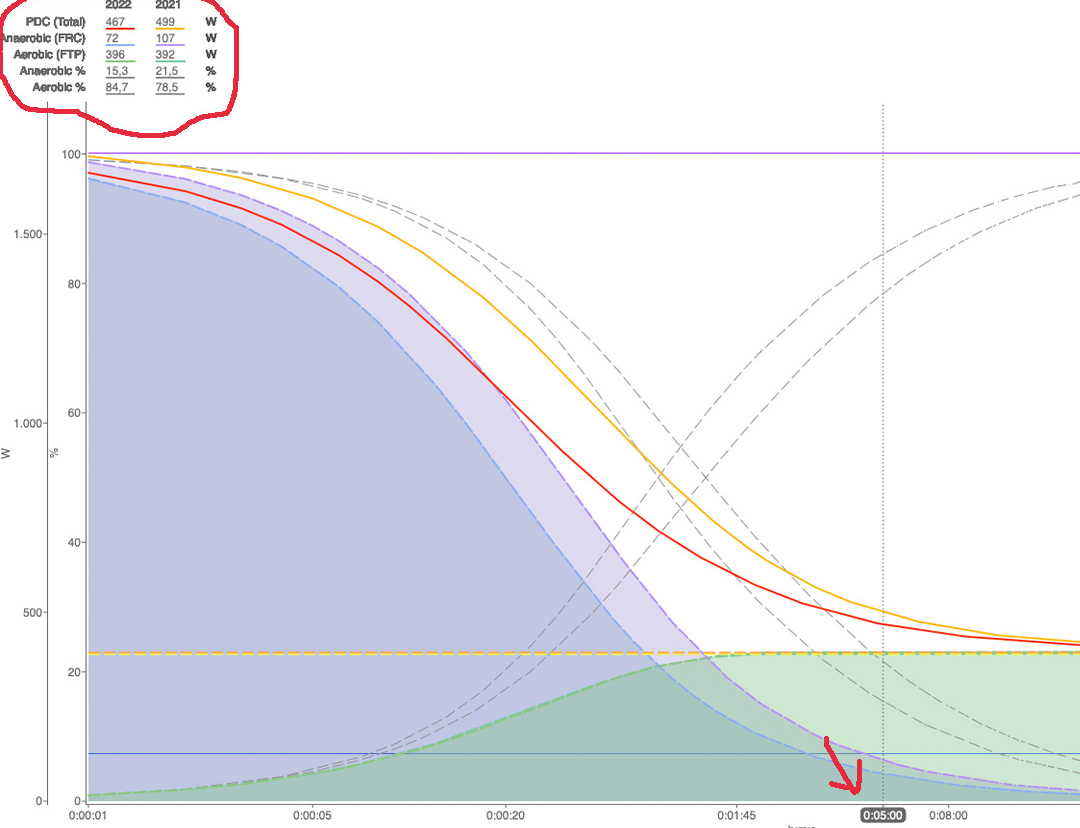
Determinants of aerobic performance
It is well known that our sport (cycling in general) is aerobic in nature., especially the longer the test duration, departure or the time that determines that exercise. For this reason we are writing this post today to talk about the determinants of aerobic performance that coincide in many studies as three major elements to take into account (Johansen J. M. and col. (2019) – Joyner and Coyle (2008))
- Maximum oxygen consumption (Vo2max).
- lactate threshold.
- The efficiency that would be the oxygen cost of generating a power.
We have discussed the three factors in different posts that we will cite in each of them but now we are going to consider how each of them conditions the performance.. We will try to show how we can monitor them through data from our day and thus be able to have monitoring and greater control..
Vo2max or maximum oxygen consumption.
It would be the maximum capacity that can be absorbed, transport and use for a certain time.
This ability to absorb will be given by our respiratory system., knowing the organs we have for this function. The cardiovascular system also comes into play in this process: Blood and heart, that will be key to pumping blood and at the same time, transport this to the rest of our body.
There are different ways to determine this Vo2max with different indirect tests, Although the best known for cycling coaches, we will be talking about a test at the maximum possible power that lasts 5 minutes. This would be the limit time that could determine this Vo2max in a "generalized" way but we know according to science that Vo2max and its maximum peak develops at 3' 42" with plus/minus 1' 30" according to Billat et al.. (1996), thus obtaining, a much narrower "range" of maximum consumption values or widens using these times.
Knowing this information, it will be decisive to be able to design and establish tests for our cyclists to evaluate this Vo2max periodically and systematically.. As an element to take into account, The interaction between this Vo2max and our lactate threshold can help us determine the fitness of our athletes, knowing that Vo2max represents the "ceiling" of aerobic performance and the threshold is the inflection point where we change the energy production pathway. In the greatest case, he % Where this threshold is located with respect to the "ceiling" can determine the fitness level of an athlete., finding in the best cases values between the 84 and 88%.
The lactate threshold or functional power threshold
In the world of power training we will talk about this lactate threshold as the work or intensity that is performed in the maximum lactate stable state (MLSS)., Although we know and know the controversy in this regard, but we are not going to go into evaluating it here and if we have done so in other entries.
As a matter of ease, we will understand and associate this lactate threshold with our FTP and with it we will determine the % to Vo2max as we said before or how long our athlete lasts in this or if his record improves. Nevertheless, how we talked before, There are different ways to determine the FTP with different tests and calculation systems, although in our case using power curve modeling it is relatively easy for us to obtain this.
As we have described previously, the time limit of this FTP will move from 73' to plus/minus 8', therefore, This is one of the reasons why the famous Coggan and Allen H test appears.. to estimate this value with a shorter test.
It is important to systematically and periodically determine this FTP because these values determine many metrics of our planning: CTL, ATL, TSB, TSS, IF… and where this FTP varies depending on the athlete's state of form., of their sporting modality or detraining at times during their season.
Mechanical efficiency (Gross efficiency)
The last of the three aerobic determinants will be efficiency. It is the concept that, as we described in another entry, that for a certain oxygen consumption, what % is used to produce power or what is the same: what effective percentage is used to produce power.
The human body, like any engine element, has its own efficiency., A motorcycle needs "X" energy for combustion so that it can move at a speed "Y" but both in the human body and in vehicles, a lot of energy is lost along the way., In the best of cases, only a 25% of this oxygen to advance in the case of humans. Values are described that range from 18,5 al 24-25% at best according to Coyle (1992).
Right now one of the most difficult to determine today with field tests since it requires gas analysis and at the same time power analysis of the athlete himself., with which the cost changes and becomes a laboratory test rather than a field test.
These three can be the great determinants of aerobic performance, without leaving aside but that there are many others that are not so quantifiable: tactics and strategy in the race, MTB technique, CX, gravel, motivation or psychological factors... and so on some more that we can address in a new entry in the future.
Aerobic threshold or ventilatory threshold 1
Continuing with the previous post, We will write about one of the first physiological milestones of our
Lactate and its influence on our performance
In this entry we will talk about the famous lactate and how it allows us to delimit our different
Aerobic contribution / Anaerobic
We all know and know the origin of energy in our body, be aerobic route (with





